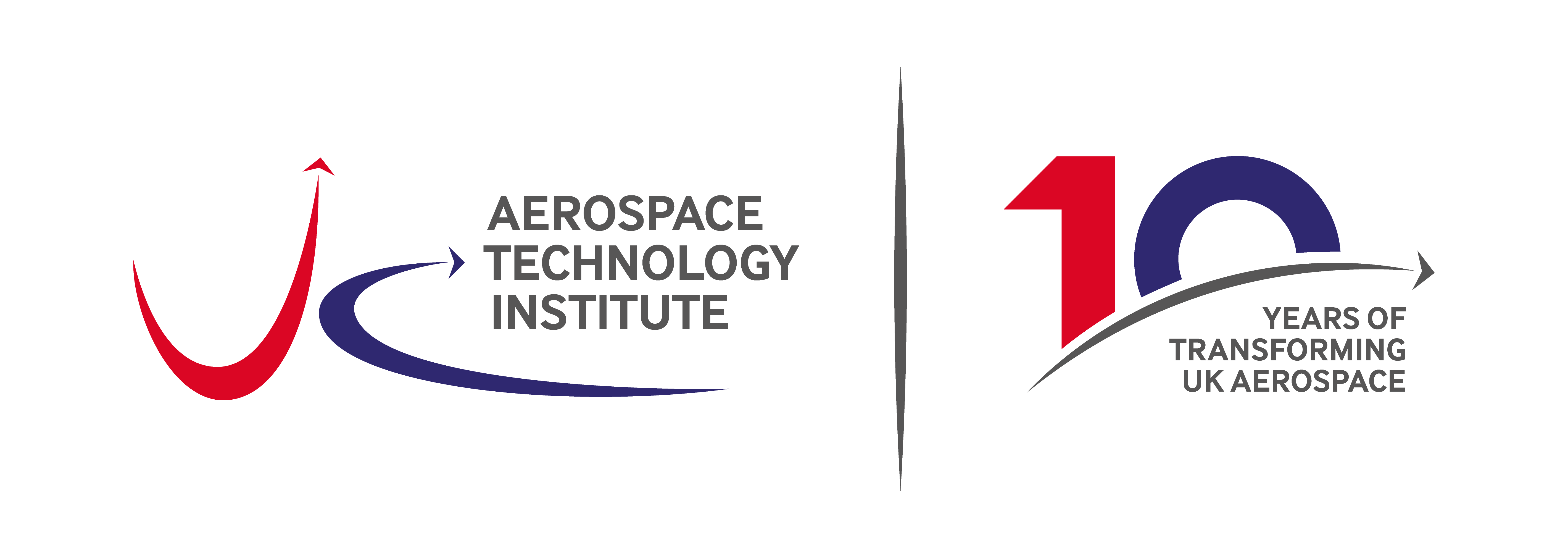FlyZero: Commercial and operations reports published
In 2019, aviation transported nearly 300 million people and over 2.5 million tonnes of goods into and out of the UK – valued at £77.5 billion gross value added (GVA) to the UK economy. To continue benefiting from business, trade, inbound tourism and global connectivity aviation must decarbonise.
Without action, the sector would be responsible for 39% of UK carbon emissions by 2050, which would be in stark contrast to decarbonisation expected in other parts of the economy. This scenario would mean the UK would miss its net zero targets, flights would become more expensive as carbon costs increase and the UK economy would be damaged as environmentally conscious businesses and consumers choose to avoid air travel.
FlyZero analysis in “The Case for the UK to Accelerate Zero-Carbon Emission Air Travel” indicates the optimum route for fast decarbonisation and maximum economic benefit involves a rapid roll-out of SAF while also developing ambitious new liquid hydrogen aircraft that will enter service in the mid-2030s. This new generation of aircraft would deliver zero-carbon emission flight and eventually enable full decarbonisation of aviation.
Introducing a midsize hydrogen-powered aircraft by 2035 and a narrowbody aircraft by 2037 represents the greatest opportunity for reducing carbon emissions and maximising market impact. Aviation’s carbon emissions would reduce by four gigatons (Gt) up to 2050, equivalent to four years’ of total global aviation carbon emissions, if half the commercial fleet were hydrogen-powered by then, and 14 Gt by 2060.
As emerging fuel technologies, SAF and liquid hydrogen are significantly more expensive than kerosene today. However, production costs are expected to fall rapidly as supply increases and production efficiencies are found as the technology advances. Liquid hydrogen is projected to be the cheapest of the fuels capable of decarbonising aviation by the mid-2030s and could be cheaper than kerosene by 2050.
The strategy of introducing the midsize aircraft first would allow airport infrastructure investment to be focused on international hubs and high traffic routes such as UK-Middle East, UK-Far-East, or UK-North America, ultimately creating a global network.
Operations
The successful operation of hydrogen powered aircraft requires this network of airports to be hydrogen ready. This requires overcoming the challenges of generating, transporting and storing liquid hydrogen. Generating the vast amounts of hydrogen needed will require unprecedented renewable energy capacity, transporting hydrogen to airports will require gaseous pipelines or liquid hydrogen tanker deliveries, and the refuelling and servicing of aircraft will need to take place safely and efficiently alongside conventional aircraft.
To maximise the reduction in carbon emissions this next generation aircraft will bring, it is also essential to prepare the airspace and optimise its efficiency. Through a focus on air traffic management operations, it is possible to not only enable gradual reductions in CO2 and non-CO2 impacts in advance of zero-carbon emission flights, but also to enable efficient flight operations and a reduction in fuel associated costs for future hydrogen powered aircraft. Typical measures and initiatives that facilitate this include optimised trajectory-based flight paths in free route airspace, collaborative decision making between airspace managers, airport operators and airlines, and defined benefits of high-resolution weather data for headwind and contrail avoidance, and formation flying. While each initiative alone may have a small impact, the sum of these marginal gains can provide significant benefits.
FlyZero’s report “Airports, Airlines, Airspace – Operations and Hydrogen Infrastructure” presents a vision for the future of liquid hydrogen enabled airports and airline operations, essential to realising zero-carbon emission commercial flight.

